Snowberry: The Winterblooming Shrub That's Perfect For Your Garden
Snowberry: The Winter-Blooming Shrub That's Perfect for Your Garden
Snowberry is a deciduous shrub that is native to North America. It is known for its white or pink berries, which appear in late summer or early fall and can last through the winter. Snowberry is a popular choice for gardens because it is easy to care for and provides winter interest.
Introduction
Snowberry (Symphoricarpos spp.) is a genus of shrubs that includes about 15 species. The most common species of snowberry is the common snowberry (S. albus), which is native to North America. Other popular species of snowberry include the creeping snowberry (S. spathulatus), the blue snowberry (S. ovalifolius), and the pink snowberry (S. x chenaultii).
Snowberry shrubs are typically 3 to 6 feet tall and wide. They have oval or elliptical leaves that are 1 to 2 inches long. The flowers of snowberry are small and pink or white. They are borne in clusters on the ends of the branches in late spring or early summer.
The berries of snowberry are white or pink and are about 1/4 inch in diameter. They ripen in late summer or early fall and can last through the winter. The berries of snowberry are poisonous to humans, but they are a favorite food of birds.
Main Content
Snowberry is a relatively easy shrub to care for. It is drought-tolerant and can tolerate a wide range of soil conditions. Snowberry shrubs prefer full sun or partial shade. They are hardy in USDA zones 3 to 8.
Snowberry shrubs do not require a lot of pruning. However, you may want to remove any dead or diseased branches in the spring. You can also prune snowberry shrubs to shape them or to control their size.
Snowberry shrubs are relatively pest- and disease-free. However, they may be susceptible to powdery mildew or spider mites. If you notice any problems with your snowberry shrubs, you can treat them with a commercial pesticide.
Benefits of Snowberry
There are many benefits to planting snowberry shrubs in your garden. Here are a few of the most important benefits:
- Snowberry shrubs provide winter interest. The white or pink berries of snowberry can last through the winter, providing color and contrast to your garden.
- Snowberry shrubs are attractive to birds. The berries of snowberry are a favorite food of birds, so planting snowberry shrubs can help attract birds to your garden.
- Snowberry shrubs are easy to care for. Snowberry shrubs are relatively drought-tolerant and can tolerate a wide range of soil conditions. They are also pest- and disease-resistant.
- Snowberry shrubs can be used in a variety of ways. Snowberry shrubs can be used as hedges, borders, or specimen plants. They can also be used in containers.
How to Plant Snowberry Shrubs
To plant snowberry shrubs, choose a location that receives full sun or partial shade. The soil should be well-drained. Dig a hole that is twice as wide and as deep as the root ball of the shrub. Place the shrub in the hole and backfill with soil. Water the shrub thoroughly.
Conclusion
Snowberry is a beautiful and easy-care shrub that can add winter interest to your garden. If you are looking for a shrub that is attractive to birds and easy to care for, then snowberry is a great choice.
Snowberries are beautiful shrubs that can add a touch of winter interest to your garden. But did you know that they also make great companion plants? When you choose the right companions for your snowberries, you can create a beautiful and harmonious landscape that will thrive for years to come.
Here are a few of the best snowberry companion plants:
- Bearberry: This evergreen shrub is a great choice for shady areas. It has small, dark green leaves and red berries that will contrast nicely with the white snowberries.
- Mock orange: This shrub is known for its sweet fragrance. It blooms in early summer with white or pink flowers, and its leaves turn a beautiful golden yellow in the fall.
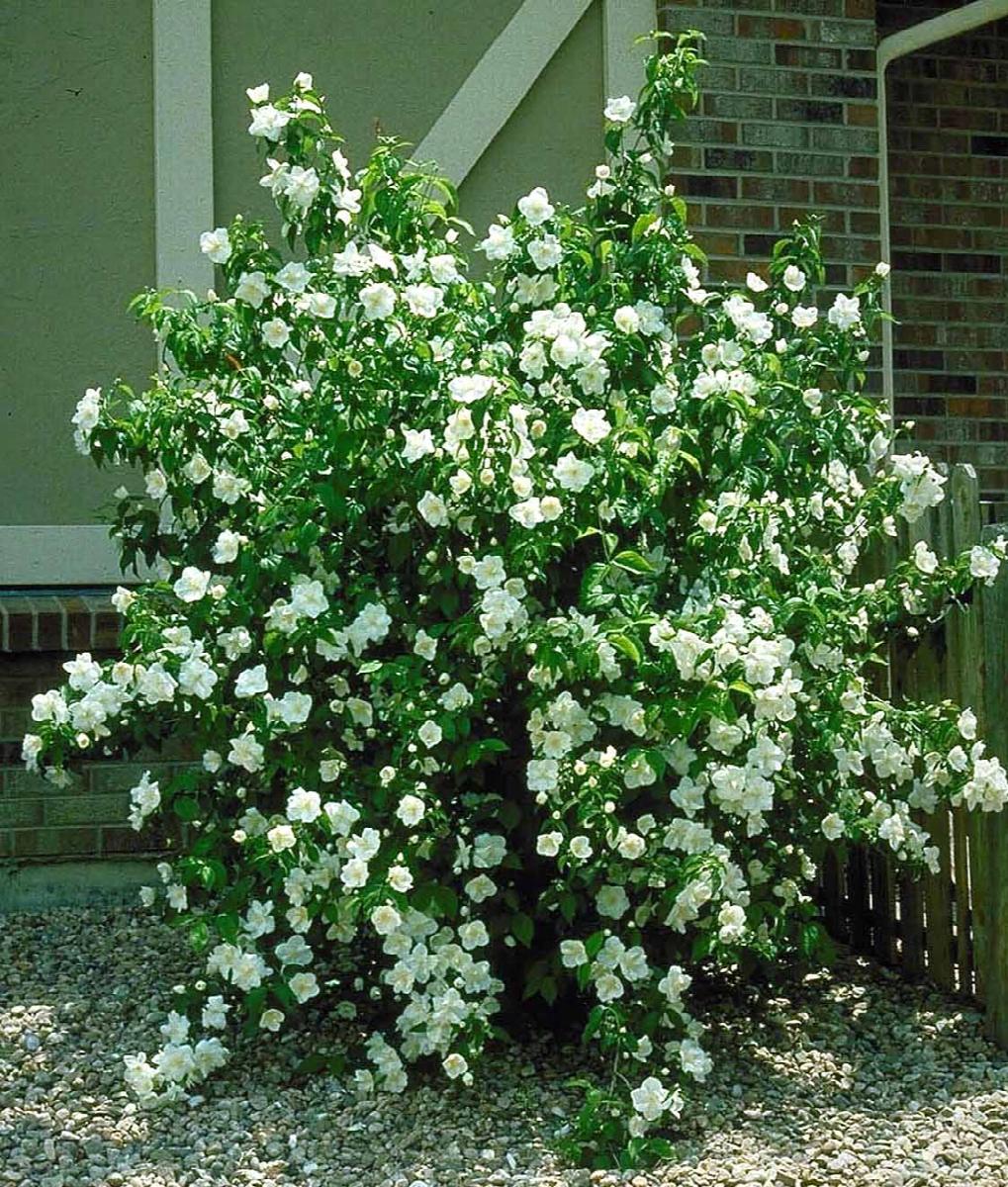
- Creeping Oregon grape: This drought-tolerant shrub has dark green leaves and blue-black berries. It's a great choice for areas with poor soil.
- Ninebark: This shrub has large, white flowers in the spring and red or orange fall foliage. It's a great choice for borders or hedges.
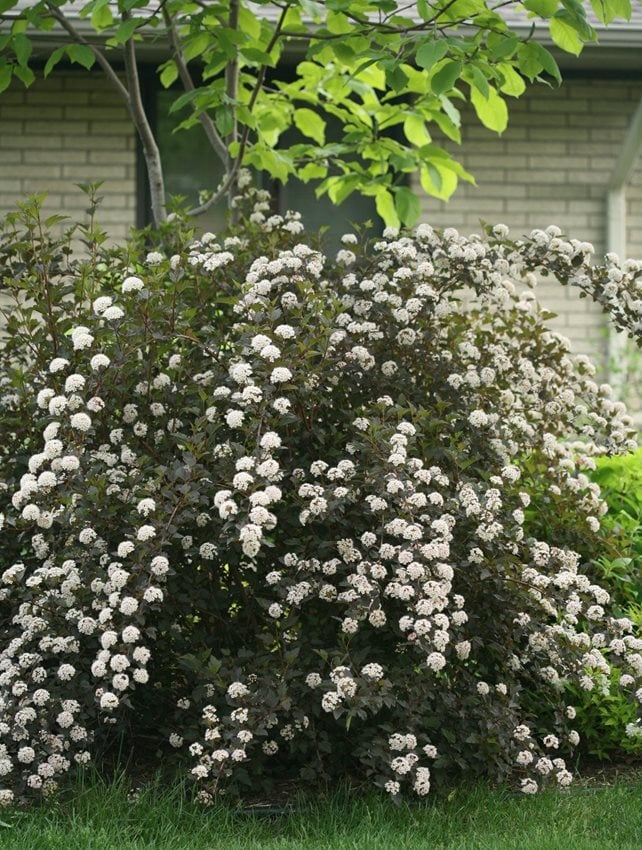
- Red osier dogwood: This shrub has bright red stems that are ablaze in the winter. It blooms in early spring with white flowers, and its leaves turn a beautiful yellow in the fall.
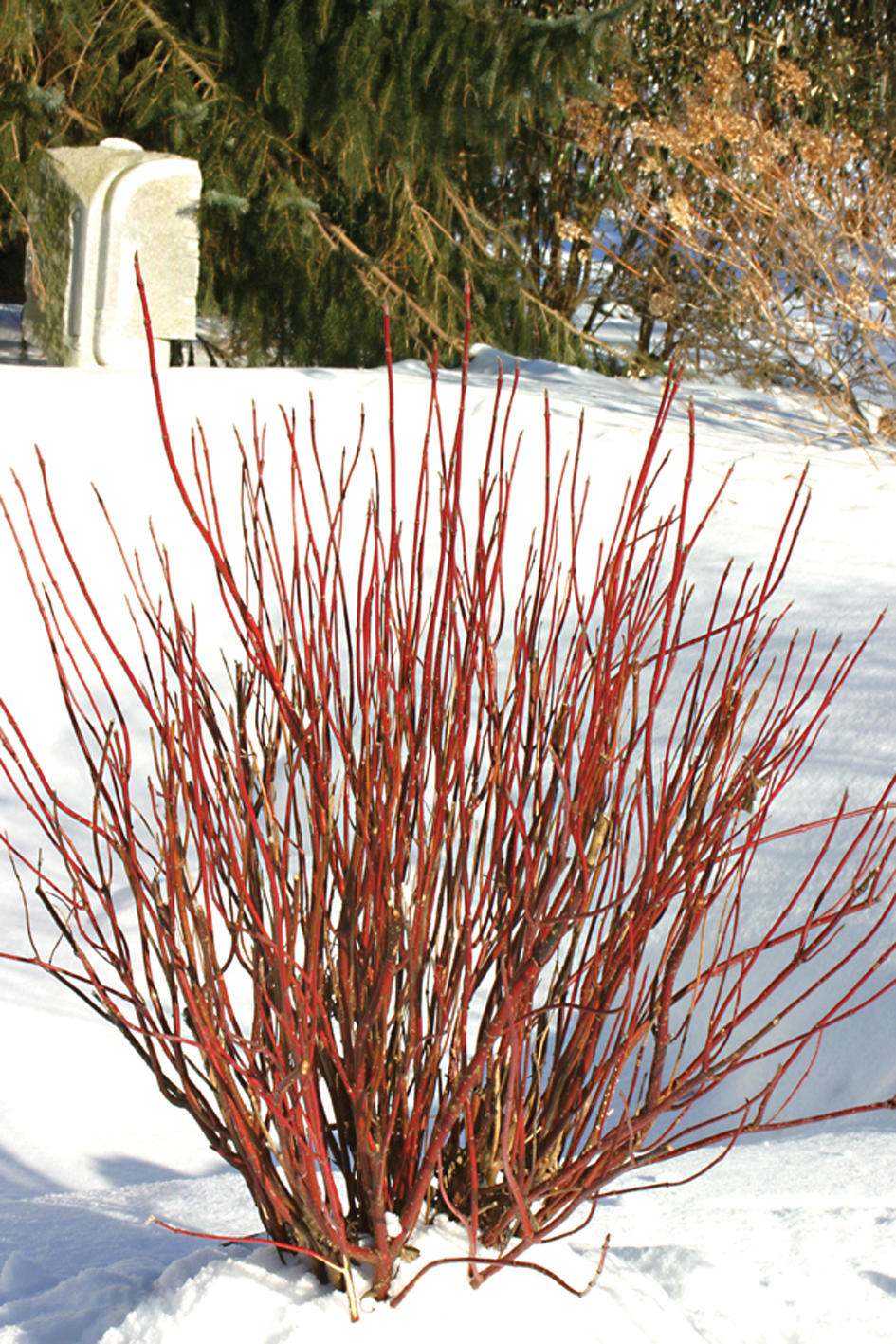
For more information about snowberry companion plants, please visit Gardenia Inspiration.
FAQ of snowberry companion plants
Q: What are good companion plants for snowberry?
A: Snowberries are versatile plants that can be paired with a variety of other plants. Some good companion plants for snowberry include:
- Cinnamon fern: This fern adds a touch of elegance to any garden, and its cascading foliage helps to hide the snowberry's bare stems in winter.
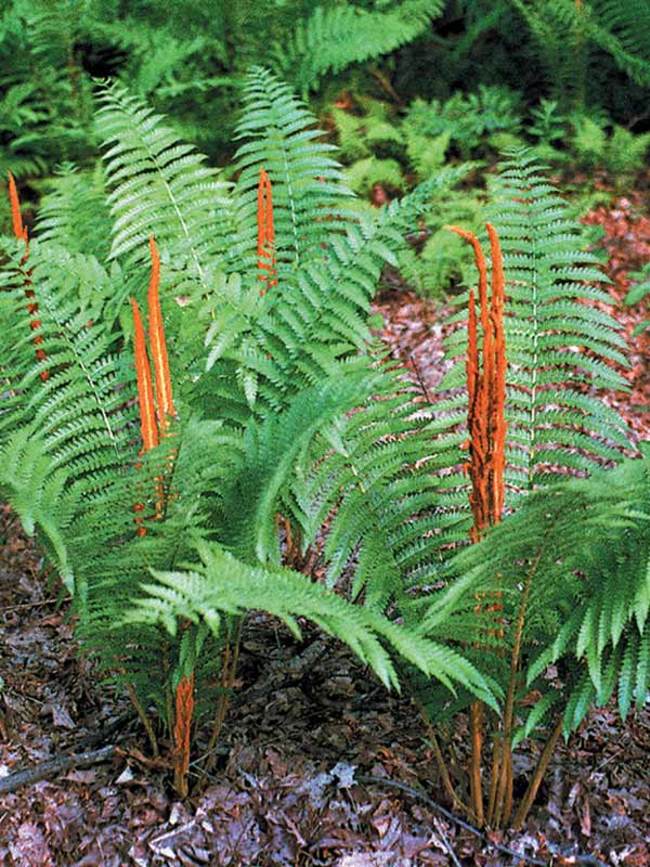
- Foamflower: This shade-loving perennial blooms in early spring with delicate pink or white flowers. It's a good choice for pairing with snowberry because it doesn't require a lot of water or fertilizer.
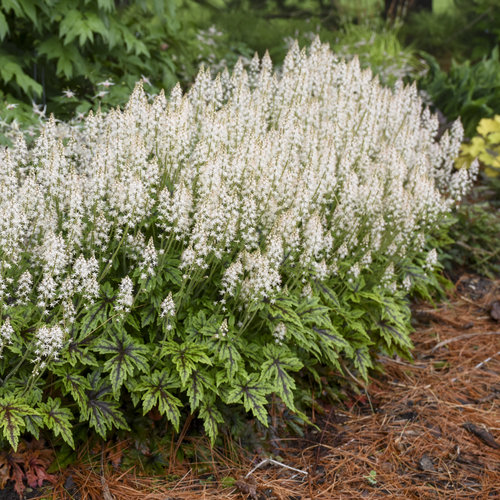
- Ivy: Ivy is a versatile vine that can be trained to grow up a wall or trellis. It's a good choice for companion planting with snowberry because it can help to provide shade and support.
- Periwinkle: This groundcover plant is known for its spreading habit and blue flowers. It's a good choice for companion planting with snowberry because it can help to fill in empty spaces in the garden.
- Shasta daisy: This daisy blooms in late spring and summer with white flowers. It's a good choice for companion planting with snowberry because it can help to add some color to the garden.

Q: What are the benefits of companion planting with snowberry?
A: There are several benefits to companion planting with snowberry, including:
- Attracting pollinators: Snowberries attract a variety of pollinators, including bees, butterflies, and hummingbirds. Companion planting with other flowers that attract pollinators can help to create a more diverse ecosystem in your garden.
- Improving soil quality: Snowberries help to improve soil quality by adding organic matter and nutrients. Companion planting with other plants that improve soil quality can help to create a more sustainable garden.
- Distracting pests: The white berries of snowberries can help to distract pests from other plants in your garden. Companion planting with other plants that have similar-colored berries can help to further distract pests.
- Creating a more visually appealing garden: Companion planting with snowberry can help to create a more visually appealing garden. By pairing snowberry with plants that have different colors, textures, and heights, you can create a more dynamic and interesting landscape.
Q: What are some tips for companion planting with snowberry?
A: Here are some tips for companion planting with snowberry:
- Consider the size and growth habit of the plants you're pairing together. Snowberries can grow up to 4 feet tall, so you'll want to choose companion plants that won't outgrow them.
- Think about the sun exposure and soil conditions in your garden. Snowberries are adaptable to a variety of conditions, but they prefer full sun and well-drained soil.
- Choose plants that have similar water and fertilizer requirements. Snowberries are relatively drought-tolerant, so you'll want to choose companion plants that don't require a lot of water.
- Experiment with different combinations of plants. There are no hard and fast rules when it comes to companion planting, so have fun and experiment with different combinations of plants to see what works best in your garden.
Q: What are some common problems with snowberry companion plants?
A: Some common problems with snowberry companion plants include:
- Pests: Snowberries can be susceptible to a variety of pests, including aphids, spider mites, and scale insects. Companion planting with plants that repel pests can help to reduce the incidence of pest problems.
- Diseases: Snowberries can be susceptible to a variety of diseases, including powdery mildew and leaf spot. Companion planting with plants that are resistant to these diseases can help to reduce the incidence of disease problems.
- Watering: Snowberries are relatively drought-tolerant, but they may need more water if they're planted in hot, dry climates. Companion planting with plants that require a lot of water can help to conserve water in your garden.
Image of snowberry companion plants
- Astilbe: This shade-loving plant adds delicate blooms and texture to a snowberry planting.
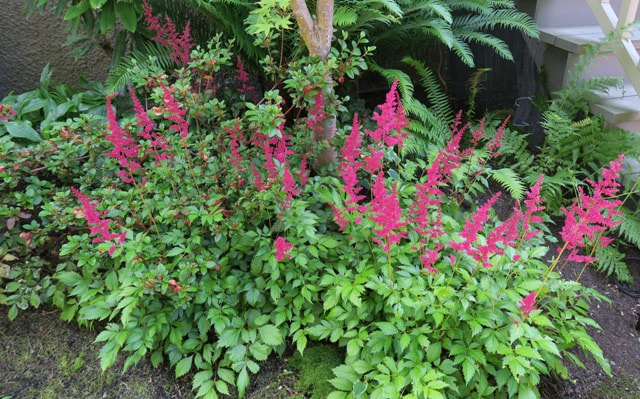
- Heuchera: Another shade-loving plant, heuchera comes in a variety of colors to complement the white or pink blooms of snowberry.

- Hosta: Hostas are a classic companion plant for snowberry, providing lush foliage and shade tolerance.

- Liriope: This evergreen grass adds year-round interest to a snowberry planting.

- Sedum: Sedum is a drought-tolerant plant that can add pops of color to a snowberry planting.

Post a Comment for "Snowberry: The Winterblooming Shrub That's Perfect For Your Garden"